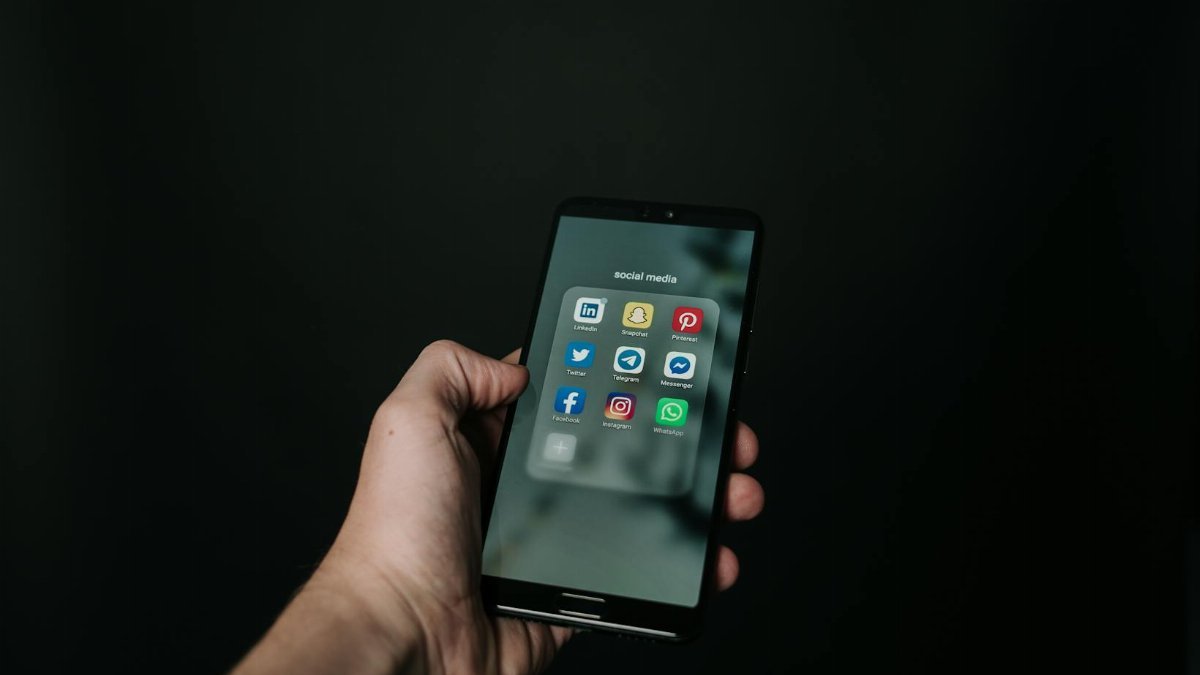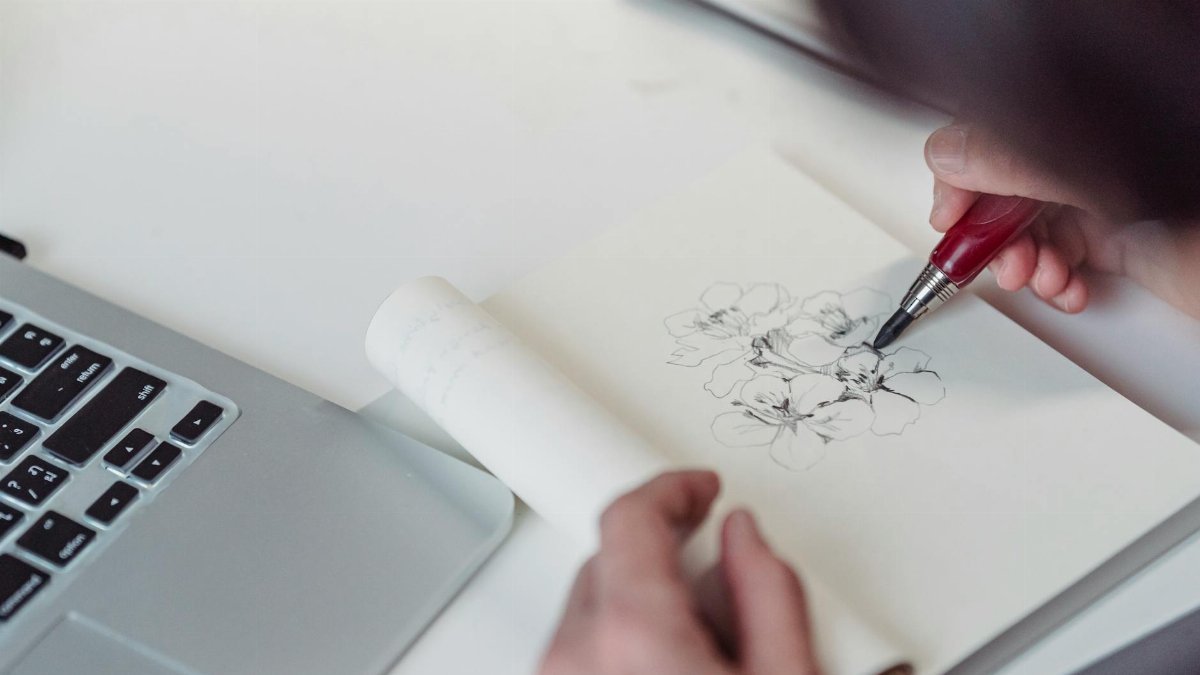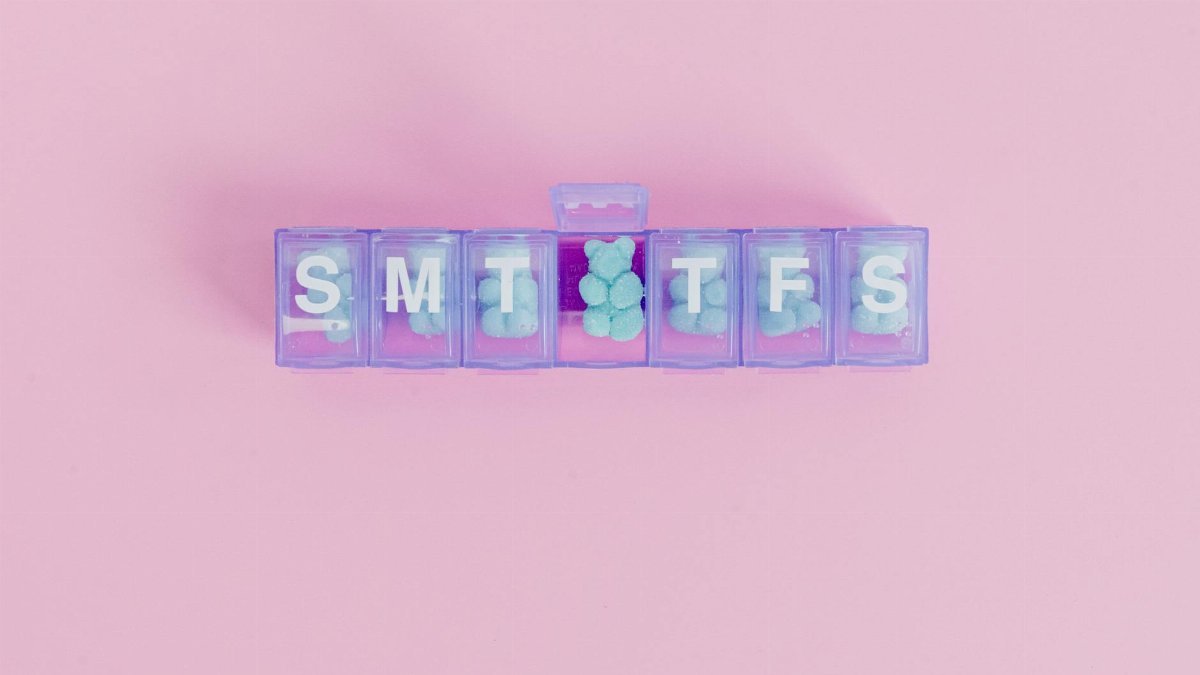Imagine a world where the constant buzz of notifications and the endless scroll of social media no longer hold you hostage. For many Americans, this isn’t just a daydream—it’s becoming a quiet rebellion. The concept of a dopamine detox has gained traction as a way to reset overstimulated minds, offering a break from the instant gratification loops that define modern life. Walk into any coffee shop in Seattle or Austin today, and you might overhear conversations about cutting screen time or embracing boredom as a radical act. It’s not about deprivation but reclaiming focus. As life in 2025 accelerates with ever-more digital distractions, the pull to step back feels urgent. This isn’t a fleeting trend; it’s a response to a real need. So, how can a dopamine detox work in everyday chaos? Let’s unpack ten habits that deliver results without requiring a complete unplug.
1. Start with a Morning Tech-Free Hour

Waking up to the glare of a smartphone sets the tone for overstimulation. Instead, carve out the first hour of your day as a sacred, screen-free zone. Picture this: sunlight filters through the window, and instead of doom-scrolling, you’re sipping coffee while listening to the hum of the world waking up. Studies suggest that early exposure to digital devices spikes cortisol, amplifying stress before the day even begins. A National Institutes of Health report highlights how screen time disrupts natural rhythms. Try placing your phone across the room overnight. Replace the urge to check notifications with a quick stretch or a few pages of a book. It’s a small shift, but it curbs the dopamine rush from endless updates, grounding you for what’s ahead.
2. Embrace Boredom as a Reset Tool

Boredom isn’t the enemy—it’s a gateway. In a culture obsessed with productivity, sitting still feels almost rebellious. Yet, allowing your mind to wander without a podcast or playlist can recalibrate your brain’s reward system. A American Psychological Association article notes that boredom fosters creativity by giving the brain space to process. Next time you’re waiting in line at the grocery store, resist the reflex to pull out your phone. Notice the hum of conversations or the flicker of fluorescent lights. It’s uncomfortable at first, but that’s the point. A dopamine detox thrives on breaking the habit of constant stimulation. Over time, these quiet pockets teach patience and presence.
3. Limit Social Media to Specific Windows

Social media is a dopamine slot machine—every like or comment delivers a tiny hit. Rather than a total blackout, set strict time windows for checking apps. Maybe it’s 15 minutes at lunch and another before bed. Use phone timers or apps to enforce the cutoff; the boundary is non-negotiable. Research from Pew Research Center shows many Americans feel overwhelmed by digital overload, with over 60% expressing a desire to cut back. One woman in her 40s shared anonymously online that scheduling her Instagram time felt like “reclaiming stolen hours.” It’s not about quitting but controlling the pull. Use the freed-up time for a walk or a quick chat with a friend. The shift from mindless scrolling to intentional connection is powerful.
4. Swap Digital Noise for Analog Hobbies

Remember the satisfaction of finishing a puzzle or sketching in a notebook? Analog activities—those not tied to a screen—offer a slower, steadier reward than binge-watching or gaming. They engage the mind without the rapid-fire feedback loops of tech. Pick something tactile: knitting, gardening, or even flipping through a cookbook to try a new recipe. These tasks don’t just distract; they rebuild focus. A study summarized by Harvard Health links hands-on hobbies to reduced stress and improved mental clarity. During a dopamine detox, this switch helps break the cycle of seeking quick digital highs. Plus, there’s a quiet pride in creating something real, whether it’s a lopsided scarf or a thriving herb pot.
5. Schedule a Weekly ‘Low-Stimulation’ Day

One day a week, dial down the noise. This doesn’t mean locking yourself in a dark room—it’s about curating calm. Skip the TV, limit music to soft instrumentals, and avoid crowded, chaotic spaces if possible. Think of it as a palate cleanser for your brain. Maybe you spend the day reading on the porch or walking through a local park, noticing the crunch of leaves underfoot. The goal is to lower the sensory input that keeps your dopamine receptors on high alert. It’s not easy; the itch to check email or stream something creeps in. But sticking to it, even imperfectly, builds resilience against overstimulation. Over time, this habit makes everyday distractions less gripping.
6. Practice Single-Tasking with Intention

Multitasking is a myth for most of us. Juggling emails, texts, and a podcast while cooking dinner fragments attention and ramps up mental fatigue. A dopamine detox asks for the opposite: single-tasking. Focus on one thing at a time, whether it’s chopping vegetables or writing a to-do list. Give it your full presence. Notice the texture of the knife handle or the scratch of pen on paper. Research from the American Psychological Association confirms that switching tasks reduces efficiency and spikes stress. By slowing down, you train your brain to savor depth over breadth. It’s a subtle but profound way to reset how you engage with the world.
7. Curate Your Environment for Calm

Your surroundings shape your impulses. A cluttered desk littered with gadgets begs for distraction. During a dopamine detox, strip back the chaos. Keep your phone out of sight during meals. Clear unnecessary apps from your home screen. Create spaces that don’t scream for attention—maybe a corner with a comfy chair and a stack of magazines instead of a glowing tablet. Small tweaks signal to your brain that it’s okay to relax. It’s not just physical; limit background noise like constant news updates. The quieter the space, the less your mind races for the next hit of stimulation. This isn’t about minimalism for aesthetics—it’s about crafting a refuge from digital overload.
8. Set Clear Boundaries with Notifications

Every ping from your phone is a tiny dopamine trigger, pulling you out of the moment. Take control by silencing non-essential notifications. Turn off alerts for social media, games, and even most emails—keep only what’s truly urgent, like family calls. Go a step further: designate “no phone” zones, like the dinner table or bedroom. It’s jarring at first to miss the buzz, almost like losing a limb. But that discomfort fades. Studies show constant interruptions harm focus and well-being, as noted in a NIH summary. Reclaiming uninterrupted time lets you breathe deeper. Conversations flow without a screen stealing the spotlight.
9. Reflect on Triggers Without Judgment

Why do you reach for your phone during a lull? What pulls you to binge another episode? A key part of a dopamine detox is noticing these urges without self-criticism. Keep a small notebook or mental tally of when the itch strikes. Maybe it’s stress after a work call or loneliness on a quiet evening. One man in his 50s described this process as “meeting my habits face-to-face for the first time.” Understanding your patterns isn’t about shame—it’s about clarity. Once you spot the triggers, you can redirect. Swap the reflex to scroll with a deep breath or a quick step outside. Awareness builds a buffer between impulse and action, softening the grip of overstimulation.
10. Build Social Connections Offline

Digital interactions often mimic connection but leave us hollow. A dopamine detox pushes for face-to-face moments instead. Invite a friend for a walk rather than a text thread. Host a game night without screens in sight. Real conversations, with their awkward pauses and genuine laughter, offer a deeper reward than a flurry of emojis. It’s not always convenient, especially in 2025 when virtual hangouts are often the default. But the effort pays off. Research from Harvard Health underscores how in-person bonds boost mental health. These interactions ground you, reminding you that true fulfillment doesn’t come from a “like” counter but from shared, unfiltered moments.
Stepping into a dopamine detox isn’t about perfection or punishing yourself by cutting out joy. It’s a recalibration—a chance to rediscover what genuinely lights you up without the noise of constant stimulation. These ten habits, from tech-free mornings to offline connections, aren’t rigid rules but flexible tools. Try one, then another, and see what sticks. In a world that thrives on distraction, choosing to pause is a quiet act of power. It’s about crafting a life where you’re present, not just plugged in. As the pace of 2025 pushes us to keep up, these small resets might just be the anchor we didn’t know we needed.
